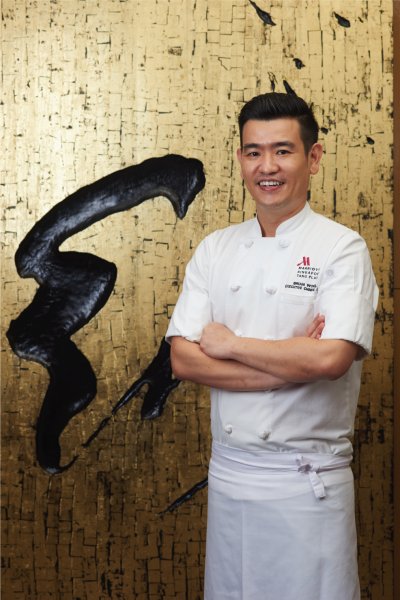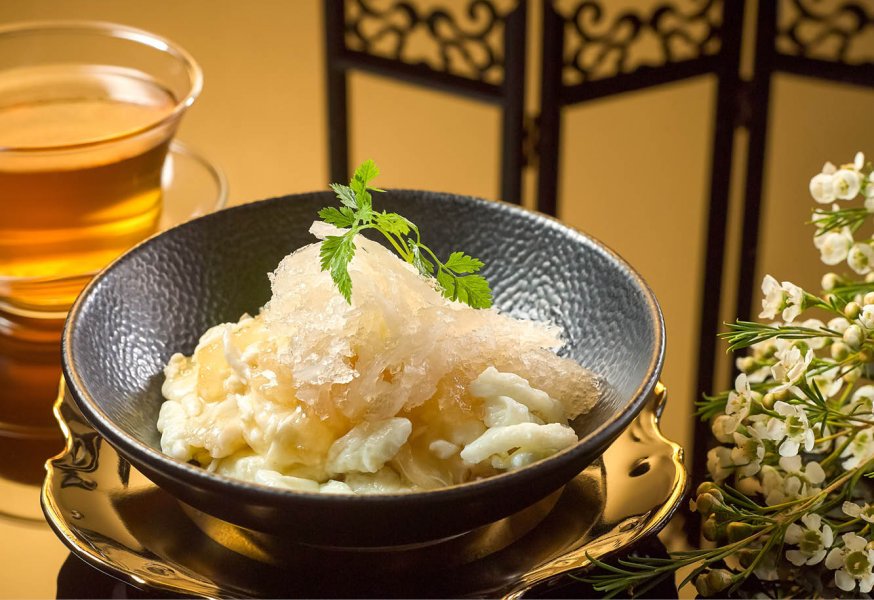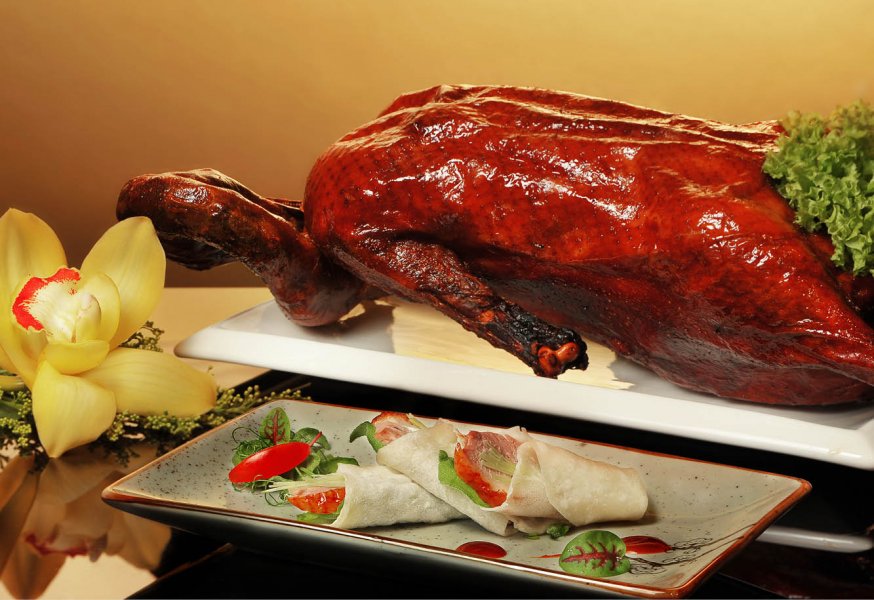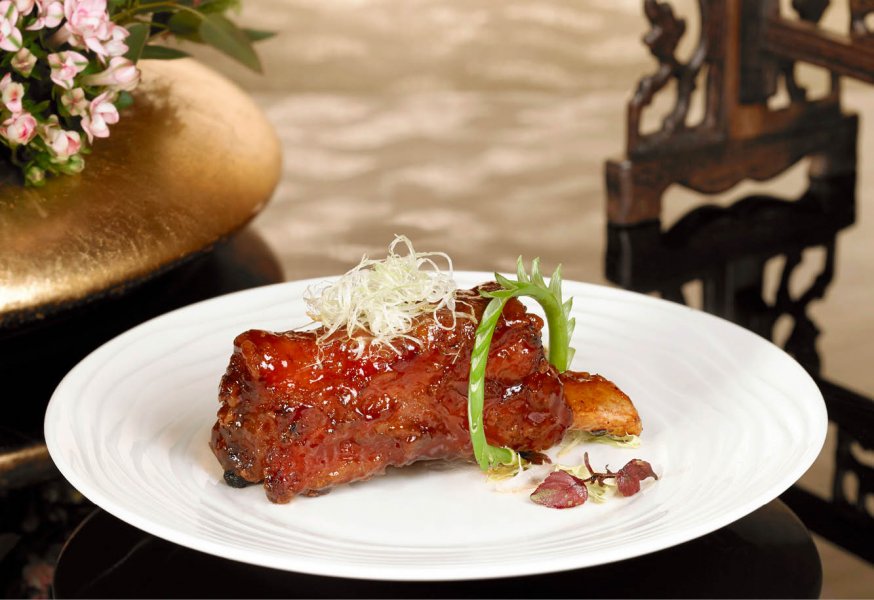Award-winning Singaporean Chef Brian Wong talks Cantonese cooking ahead of his special Bangkok dinner series
"At the end of the day, there isn’t a trend that I like or dislike, as our ultimate goal is to captivate the taste buds of our guests."
In recent years, Wan Hao Chinese Restaurant at Singapore Marriott Tang Plaza Hotel has soaked up accolades with Executive Chinese Chef Brian Wong at the helm—both for its food and uber-impressive wine collection. This month, he’s coming to Bangkok to host two weeks of special dinners at three different Marriott locations (you can see more details about that here). He’s spent over 20 years mastering the art of Cantonese cuisine. Ahead of his Bangkok visit this month, we sat down with Chef Brian to talk shop.

Thirties is the perfect age for a chef as he/she is usually brimming with lots of energy, drive and passion. This is usually the age when they are full of ideas and like to challenge themselves. For most chefs, 20s is the age when they are still learning and building their foundation.
I have numerous fond memories growing up. I loved to watch my father and seniors cook up a feast in the kitchen and listen to their stories and valuable advice on life in general. In particular, the first dish that I cooked myself is stir-fried Thai kai lan (sometimes called Chinese kale in English). It wasn’t easy as a nine year old, however, I got a lot of satisfaction from cooking my very first dish.
My advice would be to learn the proper cooking techniques, eg: what is double-boil, braise, deep-fry etc. What are the ingredients that are suitable for the various cooking techniques, and how the various ingredients are able to complement each other and elevate the flavour of the dish to new heights.

Chinese cuisine includes a variety of different flavors—namely eight regional cuisines. Cantonese cuisine is one of those eight traditions, and is special and unique in a few ways. First, it includes a diverse, extensive plethora of ingredients. As the famous Chinese saying goes “Those flying in the sky, those walking on ground, and those in the sea—these can all be eaten.” With this in mind, both seafood and poultry are commonly found in Cantonese cuisine. Hakka cuisine, for example, is more focused on poultry as their origins are from the mountains. There are also numerous cooking methods in Cantonese cuisine—steaming, stir-frying, shallow frying, double-boil, braise, deep frying, and more. Cantonese cooking techniques are also meticulous and popular. The cuisine also places a strong emphasis on freshness—resulting in richer flavors.
I am excited to showcase the best of Cantonese cuisine with a Singapore twist. Diners will be able to delight in the best of land and sea, with the usage of various ingredients and cooking techniques. With the use of fresh ingredients, they will be able to experience an explosion of flavors.
 (Images shown are for illustration purposes only and may not be an exact representation of the dishes served)
(Images shown are for illustration purposes only and may not be an exact representation of the dishes served)
Meeting the needs and preference of guests, as well as how to impress them—this is my primary focus. As such, I am constantly experimenting with new dishes and ingredients, as well as the interplay of flavours—doing my best to create dishes that will not only meet their preference, but will captivate both their hearts and palates. I am also constantly researching how to create truly authentic Cantonese cuisine from yesteryears, yet giving it a modern touch through its presentation.
I believe that there is always room for improvements and with things constantly changing, we would need to keep up to meet the needs of our guests. To keep the momentum going, we are constantly doing research, staying vigilant of the trends, and interacting with our guests to ensure that we are able to meet their needs and preferences.
 (Images shown are for illustration purposes only and may not be an exact representation of the dishes served)
(Images shown are for illustration purposes only and may not be an exact representation of the dishes served)
There isn’t really a major trend in Cantonese cuisine in Singapore, though we do see an increase in the usage of a variety of mushroom species in Cantonese restaurants. At the end of the day, there isn’t a trend that I like or dislike, as our ultimate goal is to captivate the taste buds of our guests.
Yes, I have been to Bangkok on numerous occasions. I love the food and bustling atmosphere in Bangkok.
 (Images shown are for illustration purposes only and may not be an exact representation of the dishes served)
(Images shown are for illustration purposes only and may not be an exact representation of the dishes served)Advertisement